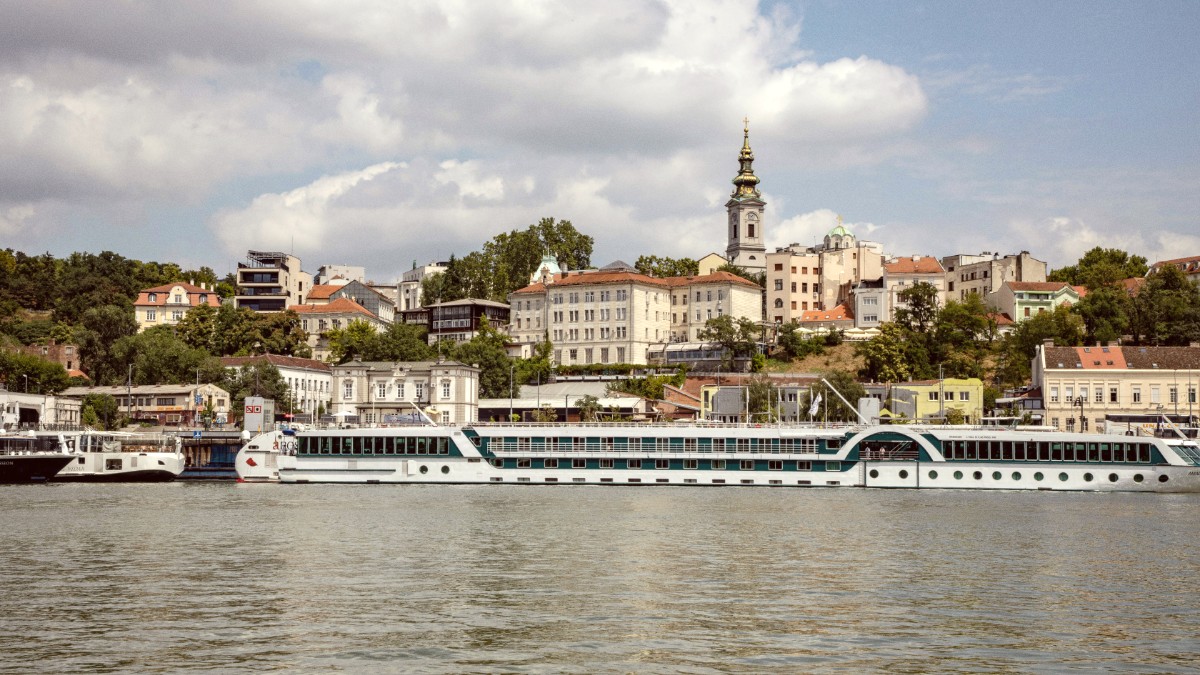
Serbia
Belgrade's public transport system mainly consists of three modes: Buses (backbone of the network, covering most areas), Trams (fixed rail network, serving central areas), and Trolleybuses (electric buses on overhead lines serving specific routes). Belgrade currently does not have a metro system, though one is under development.
You can find route maps online, typically on the GSP Beograd website (though it may be in Serbian). Google Maps is generally reliable and recommended for planning routes in real-time. Public transport operates from around 4:00 AM until midnight. A limited network of night lines operates on major routes outside these hours.
Single Ride: ~0.75 EUR (app/card); ~1.25 EUR (from driver). Daily, 3-day, 5-day passes are available.
Newer buses are often low-floor. Many older trams/buses have steps, posing challenges for mobility impairments.
On crowded vehicles, be aware of your surroundings and protect your belongings from pickpockets.
Validation is mandatory!
Tap your BusPlus card or scan your app's QR code immediately upon boarding.
Inspectors frequently check tickets.
You will face a fine if you lack a valid, validated ticket.
Taxis and ride-sharing services offer convenient ways to travel around Belgrade, especially for direct routes or late-night journeys.
Major international companies (e.g., Hertz, Avis) have airport and city offices. Requirements include minimum age (21/25), valid national driving license, IDP for non-EU/EEA, and a credit card for deposit.
Less common for tourists. A few specialized rental shops exist. Appropriate Category A driving license needed. Traffic can be heavy; challenging for unfamiliar drivers.
Expanding infrastructure. Rental shops near Ada Ciganlija and river promenades. Some hotels offer bikes. Bike sharing programs are developing. Stick to designated paths for safety.
Belgrade is a city best explored on foot, with growing options for cyclists.
Major roads with multiple lanes and fast-moving traffic are less suitable for walking or cycling.
Use designated crosswalks and pedestrian bridges.
Some industrial areas or commercial zones outside the city center lack pedestrian infrastructure.
Not designed for leisurely exploration.
As in any urban environment, stick to well-lit, populated areas when walking or cycling late at night.
Exercise general caution.
For those with mobility impairments, planning your routes and transportation carefully beforehand is .